8 Days Ethiopia Culture Tour to Omo Valley

This 8-day Ethiopia vacation takes you from the capital, Addis Ababa, to Arba Minch, Lake Langano, and the tribal villages of the Omo Valley.
- A city tour will introduce you to the city's history and culture. You'll climb Mt. Entoto, the highest peak in an already-high city, where Emperor Menelik II lived when he founded the city in the 19th century. At Menelik's compound on Mt. Entoto, you'll see the Entoto Mariam Church as well as Menelik's Palace. You'll then head into town to the Shero Meda Market to shop for traditional Ethiopian crafts and clothing and visit both the Ethnographic Museum and National Museum to learn about the region's history and culture and see the bones of Lucy, one of the world's oldest archaeological remains of a human ancestor.
- Head south from Addis Ababa into the Omo Valley to continue your Ethiopian tours. First stop is the archaeological site of Tiya, known for its remarkable stelae monuments erected at least 600 years ago that serve as grave markers across the landscape. Next it’s onto Arba Minch, which has mountain ranges on one side and the lakes of the Rift Valley on the other, making it one of the most picturesque spots in all of Africa. You’ll take a boat trip onto Lake Chamo to see hippos and crocodiles before continuing on to Jinka, the base for exploring the tribal villages of the south.
- The Mursi Villages of the south are some of the great highlights of any Ethiopian vacation. Spend a day exploring the villages, heading throughout the Lower Omo Valley to stop off at the villages and admire their distinct cultural practices. In particular, you’ll notice the large lip and ear plates and colourful dresses worn by the Mursi women. Afterwards, head to Turmi, where you’ll meet the Hamer people and head through the market to peruse local tribal wares. The next day, make an excursion to the area of the Karo people, who showcase remarkable face and body painting. You’ll also stop off at the village of Kolcho to admire views of the River Omo and learn about the smallest tribe in the region.
- Continue your Ethiopia tour by visiting the Dorze people in Chencha, who live in large beehive-like huts that offer some of the most distinctive designs in all of Africa. You’ll then head into the Langano Rift Valley to visit Lake Langano and Lake Abiata and Shalla, where you’ll find flamingos, pelicans, cormorants, storks, and herons covering the waters and feeding on the fish below. After exploring the lake country, return to Addis Ababa for your flight home.
Gallery
8 Days Ethiopia Cultural Tour to Omo Valley
Day 1
Arrival & City TourOn arrival you will be met by representative of our company-Authentic Ethiopia Tours and transferred to your hotel. Addis Ababa, which means "New Flower" is Ethiopia's capital city. The city, which is located at 2,700m above sea level, is a pleasant city with wide avenues, interesting museums and one of the largest open-air markets in Africa. It was founded by Emperor Menelik II in 1887 and he selected the site because its location within the Entoto hills has long been the center of Shoan politics.
It is Africa's diplomatic capital with headquarters for the Organization of African Union and the United Nation Economic Commissions for Africa. The capital is rich in impressive statues and monuments of different architecture.
After freshening up, drive to the Entoto Hills for stunning views of the city and surrounding areas. This is the highest peak in Addis Ababa reaching 3,200 meters above sea level. It was the first settlement in Addis Ababa where Emperor Menelik II resided and he built his palace here in 1887. The compound at the peak hosts the palace, the Entoto Mariam church and an Ethiopian artefact museum.
On the way up roadside stalls offers fresh Ethiopian coffee. If you have an interest in Ethiopian traditional clothes there is time to stop at Shero Meda Market where you'll find a wide variety of beautiful fabrics, shawls, scarves, dresses, tops and jewellery.
After lunch visit the Ethnographic and National museum which is an ideal place to start learning about Ethiopia's rich ethnic diversity. The museum has an impressive array of religious crosses, triptychs and murals, as well as Haile Selassie's bedroom and bathroom. It is famous for housing the 3.5 million-year-old bones of Lucy.
- Meal Plan -Lunch, Dinner
- Duration -1 Night
- Accommodation -4*/5*
Day 2
Fly to Arba MinchAfter breakfast transfer to the airport for your flight to Arba Minch. Arba Minch (Forty Springs), is the largest town in Southern Ethiopia. The town lies at an elevation of around 1,300m in the foothills of the Rift valley wall, above a cliff overlooking the mountains that separate the lakes of Chamo and Abaya. Wherever you walk there are stunning views in all directions.
The rest of the day will be dedicated to visiting the home of the Dorze people at Chencha. The Dorze are renowned cotton weavers whose tall beehive-shaped dwellings are among the most distinctive traditional structures to be seen anywhere in Africa. The main occupations of the region are subsistence farming and weaving. The shama cloth produced around Chencha is regarded to be the finest in Ethiopia. Plain white Gabbi robes and brightly colored scarf-like netalas are sold along the roadside.
- Meal Plan -Lunch, Dinner
- Duration -1 Night
- Accommodation -Paradise Lodge
Day 3
Drive Arba Minch to JinkaAfter breakfast, enjoy a boat trip on Lake Chamo. Attractions include viewing a large number of hippos and crocodiles from a close range. The place known as "Azo-Gebeya", meaning Crocodile Market, offers one of Africa's most impressive displays of big crocodiles.
Then Proceed to Jinka (260km, around 4 and a half hours drive) through Weito village. Visit South Omo Research Center (Museum) and find out about the tribes that live in Lower Omo. Drive to Yetnebersh village to visit the Ari tribe and see how they make local liquor from Sorghum, Garlic and maize. If you are here on a Thursday you will have the opportunity to attend the Thursday market, Key Afer, which is attended by many decorated tribes of the lower Omo valley.
- Meal Plan -Breakfast, Lunch, Dinner
- Duration -1 Night
- Accommodation -Eco-Omo Tented Lodge
Day 4
Mursi Tribes then to TurmiJinka to Mago National Park to Mursi to Jinka After breakfast drive to Mago National park; in the park you may see the following animals Bushbuck, Dik Dik, Baboons and Colobus Monkeys. Then drive to Mursi tribe is known by body scarification and (among the women) the wearing of lip plates. They are settled around the Omo River and in the Mago National Park. Due to the climate, they move twice a year between the winter and summer months. They herd cattle and grow crops along the banks of the Omo River. Return back to Jinka for Lunch, after lunch visit the South Omo Museum & the Research Center for more information about the tribes. If time permits, visit Ari Villages which have neat compounds infertile and scenic land with coffee plantations. They have large livestock herds and produce large quantities of honey. The women wear skirts from the banana like a tree, called “Enset”. Ari women are famous for their pottery which they sell to support their families. Keep driving to Turmi via Key Afer and Dimeka, about127kms on the way, stop in Key Afer for the local market, which is on Thursday This is one of the most colorful markets in the South Omo and is visited by neighborhood Hamer, Benna, Tsemai and Ari tribes. Proceed to Turmi via Dimaka by enjoying the Hamer tribes. Overnight Lodge
- Meal Plan -Breakfast, Lunch, Dinner
- Duration -2 Night
- Accommodation -Buska Lodge
Day 5
Excursion to Omorate & MuruleToday, we drive to Omorate, it is about 70km, cross the Omo River by Canoe and visits the Dasenech villages (Galeb tribe). In the afternoon, drive to Muruelle, it is about 67km; visit the Duss and Korcho villages of the Karo people. The Karo excels in face and body painting. They often decorate their bodies with the spotted plumage of a guinea fowl. Feather plumes are inserted in their clay hair buns to complete the look. The clay hair bun can take up to three days to construct and is usually re-made every three to six months. Their painted facemasks are spectacular. Karo women scarify their chests to beautify themselves. Scars are cut with a knife and ash is rubbed to produce a raised welt. They are considered masters of body painting, in which they engage when preparing for a dance, feast, or celebration. Late in the afternoon visit the Hamer village. The Hamer are a fine looking people, both men and women take great pride in their appearance, shaving and coloring their hair, oiling their bodies and decorating themselves with beads and bracelets worn around the arms and legs.
- Meal Plan -Breakfast, Lunch, Dinner
Day 6
Drive to Arba MinchAfter breakfast drive to Arba Minch (270km, around 5hrs drive). Pass through the Konso village. The Konso people are known for their intricately terraced hillsides, fine woven materials and the carved totems with which they decorate their graves. Enjoy the terrace they make recognized and prized by UNESCO. In addition to this it is worth exploring their village, traditionally the Konso live in congested centralized settlements, typically situated on the top of a hill and enclosed by stone walls measuring up to 2m high. These walled hilltop settlements usually have no more than three or four entrance gates, and can be reached only via a limited number of steep footpaths. Lunch at Local restaurant and afternoot at your leisure.
- Meal Plan -Breakfast, Lunch, Dinner
- Duration -1 Night
- Accommodation -Paradise Lodge
Day 7
ArbaMinch to LanganoARBA MINCH TO LANGANO
Today after breakfast drive to Langano (305km, around 5hrs drive). Langano is located in the Great Rift Valley at an elevation of 1,585 meters to the east of Lake Abijata. Lake Langano is 18 kilometres long and 16 km wide, with a surface area of 330 square kilometres and a maximum depth of 46 meters.
- Meal Plan -Breakfast, Lunch, Dinner
- Duration -1 Night
- Accommodation -Paradise Lodge
Day 8
Drive to Addis ababa then DepartureDrive back to Addis (270km, around 6hrs drive) via Butajira Road. En route you shall visit Tiya, classified by UNESCO as a World Heritage Site. Here you will see the northernmost example of a peculiar type of engraved, standing stellae which stretch across parts of southern Ethiopia. These stellae are believed to have been erected between the 12th and 14th centuries and are almost certainly grave markers. Recent excavations at Tiya have revealed the remains of young people of both sexes, aged between18 and 30, buried in frontal positions.
You will also have the chance to visit the rock hewn church of Adadi Mariam, contemporaneous with those of Lalibela. In fact local tradition ascribes it to King Lalibela who is said to have had it built on his visit to Mount Zuqwala in 1106. Damaged during the wars with Ahmed Gragn in the 16th century, it fell into disuse and was only reopened in the time of Menelik II. It is in regular use today. This evening you will have a chance to experience Ethiopian cultural dances and a traditional meal Tej, a type of wine made from Honey. You will be transferred to the airport for your onward flight.
- Meal Plan -Breakfast, Lunch, Dinner
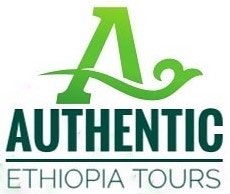


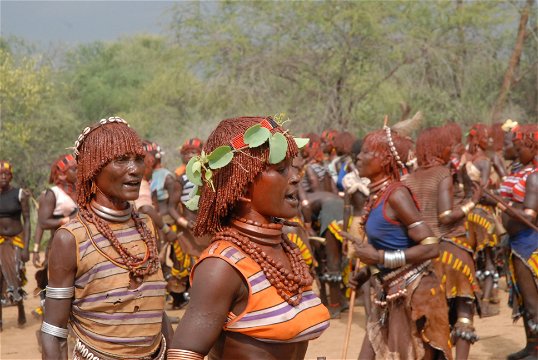

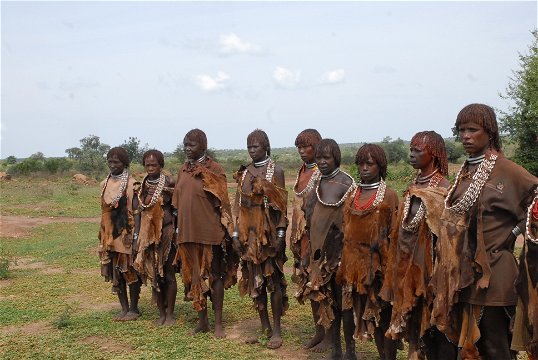




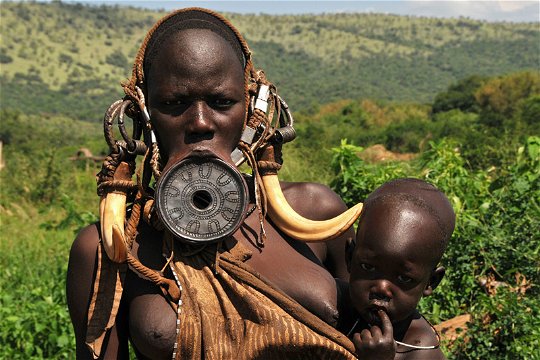

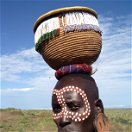
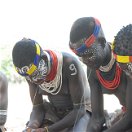
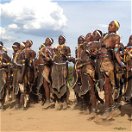




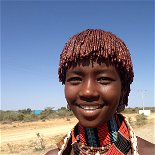
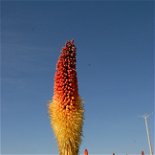
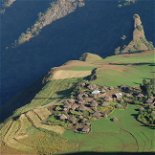


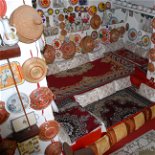
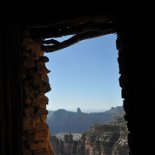

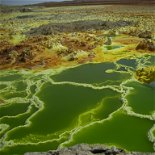


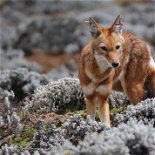
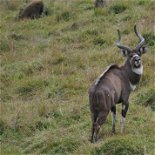
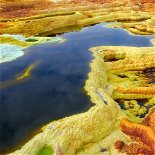
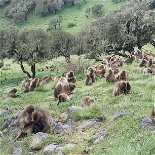
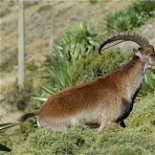
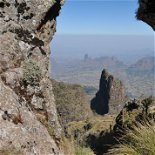
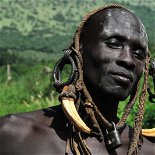
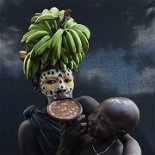

Share This Page